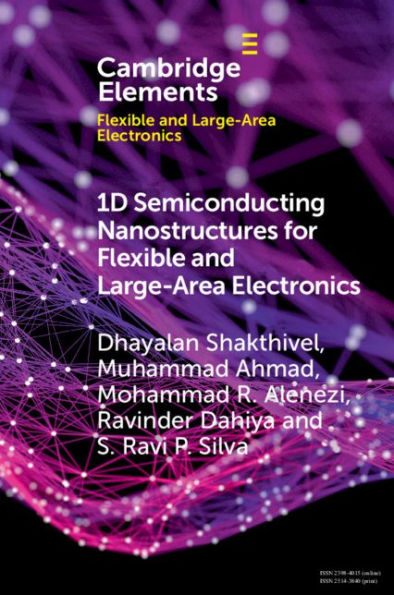5
1

1D Semiconducting Nanostructures for Flexible and Large-Area Electronics: Growth Mechanisms and Suitability

1D Semiconducting Nanostructures for Flexible and Large-Area Electronics: Growth Mechanisms and Suitability
eBook
$18.99
$25.00
Save 24%
Current price is $18.99, Original price is $25. You Save 24%.
Related collections and offers
18.99
In Stock

Product Details
| ISBN-13: | 9781108624169 |
|---|---|
| Publisher: | Cambridge University Press |
| Publication date: | 10/31/2019 |
| Series: | Elements in Flexible and Large-Area Electronics |
| Sold by: | Barnes & Noble |
| Format: | eBook |
| File size: | 17 MB |
| Note: | This product may take a few minutes to download. |
From the B&N Reads Blog
